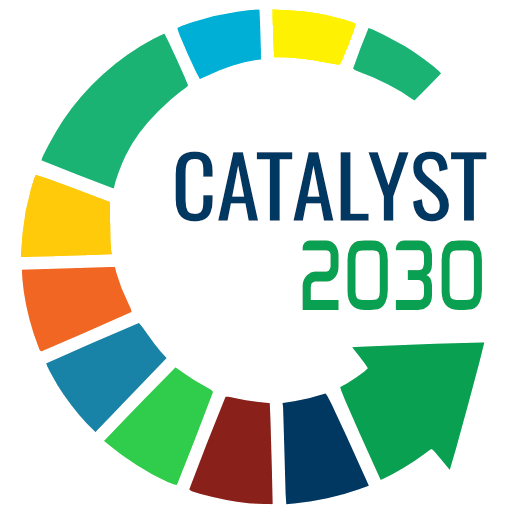
The implementation of projects increasingly requires evaluating their impact. It is not enough to count the number of actions carried out, the number of people who took part in it, or the technical hours dedicated. It is essential to gain a broader understanding of the significance of the project’s results.
The results must be tangibly presented to the stakeholders and translated into measures that reflect the true scale of the actions’ impact. The figures and evidence must reflect the impact of the efforts, not just the amount of effort invested.
This is the subject of our video today (in Portuguese). Check it out below, and then reread the text, as we have some complementary content.
Measurement based on listening and feedback
When planning a project, it is essential not to focus only on immediate results, such as “holding so many workshops” or “training so many people”. Measurement must take into account the changes that these activities will bring to the people, the community, the region, or even the territory in which you are working.
In projects involving training, for example, we start with structuring themes such as entrepreneurship and business, always collecting feedback from beneficiaries and clients. This information is essential for adjusting the next stages and adapting approaches according to the profile of the stakeholders. Measuring impact goes beyond numbers and also includes the quality of participation and the beneficiaries’ perception of the relevance of the topics addressed.
Each stage of a project has specific metrics, whether qualitative or quantitative, which help to assess the achievement of the proposed objectives. In addition to indicators such as interest, participation, and engagement, the quality of participation and the opinions of the beneficiaries qualitatively complement the analysis. Measurement should be adapted to the profile of the beneficiaries, whether it’s a B2B, B2C, or mixed business, and the stage the business is at.
Organization Portrait
A useful tool in this process is the “Portrait of the Organization”, which assesses the stage of a business in six dimensions: Structure and Governance, People, Communication and Market, Processes, Products and Services, and Local Development. Each of these dimensions can have specific metrics, customized according to the profile of the project and the beneficiaries. This portrait is applied at the beginning and end of the project, allowing for a clear comparison over time.
For this impact measurement to work properly, it is essential to establish systems and routines that allow the teams to contribute in a coordinated manner. This makes it possible to measure both isolated impacts (of each action or project) and global and cumulative impacts (considering all the businesses and clients served).
Artificial Intelligence can also be a powerful ally in measuring impacts. We continue to learn and incorporate new technologies to improve our measurement processes and thus gain a deeper understanding of Raízes’ impact on the world.
The commitment to continuous improvement is, above all, an exercise in humility. Measuring impact helps us to better understand our role and constantly improve our practices, to make a positive and lasting impact.
The above text was written by Lucila Egydio, our project director and sustainability consultant.

